Combat Mission Final Blitzkrieg and DLC Downfall
by
Matrix/Slitherine Games
This is the final Combat Mission game in the series, and its release will also coincide with the release of a DLC for Final Blitzkrieg. The Combat Mission series is one that has been one of, if not the, best tactical games on the PC for a long time. The different games have spanned the time from World War II to the present.
This is what Matrix/Slitherine Games has to say about the dual release:
"Combat Mission Final Blitzkrieg (CMFB) follows the Western Allies through the battles along Germany's border and into the heart of the Reich itself. The game covers the October 1944 through January 1945 timeframe with a focus on the American sector of the Battle of the Bulge.
 |
| The Sturmtiger |
Combat Mission Final Blitzkrieg allows you to revisit the famous battlefields along the German border, with the wintery Battle of the Bulge as its main focus. It was a time and place where the Wehrmacht was still highly capable at the tactical level, yet fairly evenly matched against the American forces arrayed against it. The mix of harsh weather in an unforgiving rugged environment ensured the fighting was challenging for both sides.
Two expansive campaigns offer two very different experiences. One focuses on American forces pushing into Aachen, the first major German city to fall into Allied hands. The other portrays the famous drive of Kampfgruppe Peiper deep into the American lines. Also included are one training campaign, 25 standalone scenarios, and multitudes of Quick Battle maps that will test your tactical acumen and give you easy access to the full range of weather, terrain, and forces from this period and place in time.
 |
| Close-up shot of a German 88 |
Features
Tactical warfare at battalion and below scale in a true 3D environment
Command individual vehicles, teams, and squads
Expansive simulation of "soft factors" such as Morale, Experience, and Leadership
Innovative systems portraying Fog of War, Spotting, Line of Sight, Command & Control, and Objectives
Unmatched realistic physics, ballistics, and battlefield effects
Fight in a wide range of weather and lighting conditions, all of which realistically impact fighting abilities
Unique hybrid system for RealTime or WeGo (turn based) play
Full featured Editor for maps, scenarios, and campaigns
Quick Battle system sets up deliberate or randomized battles based on player specifications
Single player and head to head play, including Play By Email (PBEM)
The final array of German heavy armor makes its first appearance in Combat Mission
American forces also have much improved armor, including the M36 tank destroyer
Organizational changes in the formations on both sides give even the most experienced CM player new tactical challenges and opportunities
The winter weather and forested terrain set the tactical experience apart from all other CM games
Three Regions within the game help set the mood with Dutch, French, and German accents
Expansive maps with 1m x 1m resolution allow for short and long range action across complex terrain
Buildings have explicitly simulated doors, windows, and floors
Weather and ground condition modelling systems allow for everything from dry sunny days to muddy stormy nights, with visibility and mobility dynamically affected by the conditions. Some Combat Mission games include the full range of Winter, Spring, and Fall weather as well
Line of Sight and Line of Fire are separately calculated, which means sometimes you can see something you can't shoot and sometimes you can shoot at things you can't see
Soldier posture (prone, kneeling, standing) affects everything including spotting, cover, and ability to engage enemies
The way a nation organizes its units has a huge impact on how they perform in combat, therefore great pains are taken to accurately portray formations as they are in real life for a particular point in time
Lighting affects combat in no small way in real life as well as in the game. The correct lighting conditions are simulated based on time of day, time of year, and weather."
 |
| Allied Forces |
They are also having a sale right now on the other Combat Mission games:
The Matrix team is thrilled to inform you that this week, from January 15th to January 22nd, our entire franchise Combat Mission will be participating in the Midweek Madness Sale, off up to 50%. For example, you can now find Fortress Italy, Shock Force 2 or Battle for Normandy at half price.
Matrix/Slitherine Games:
Combat Mission sale:


























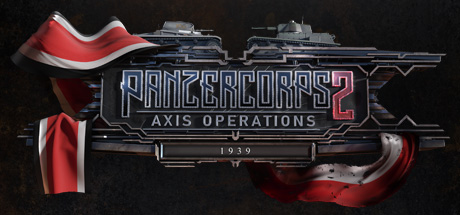

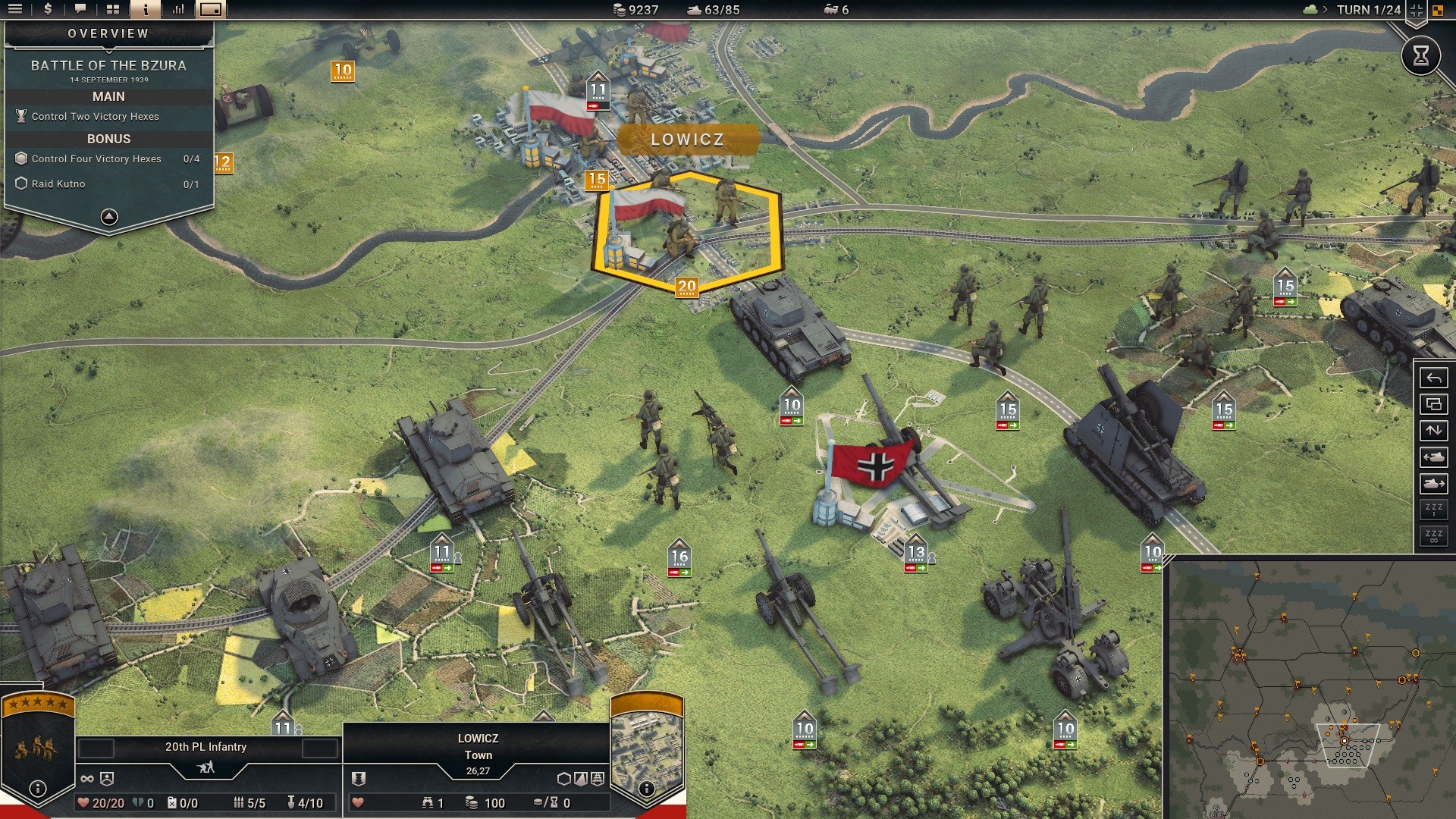

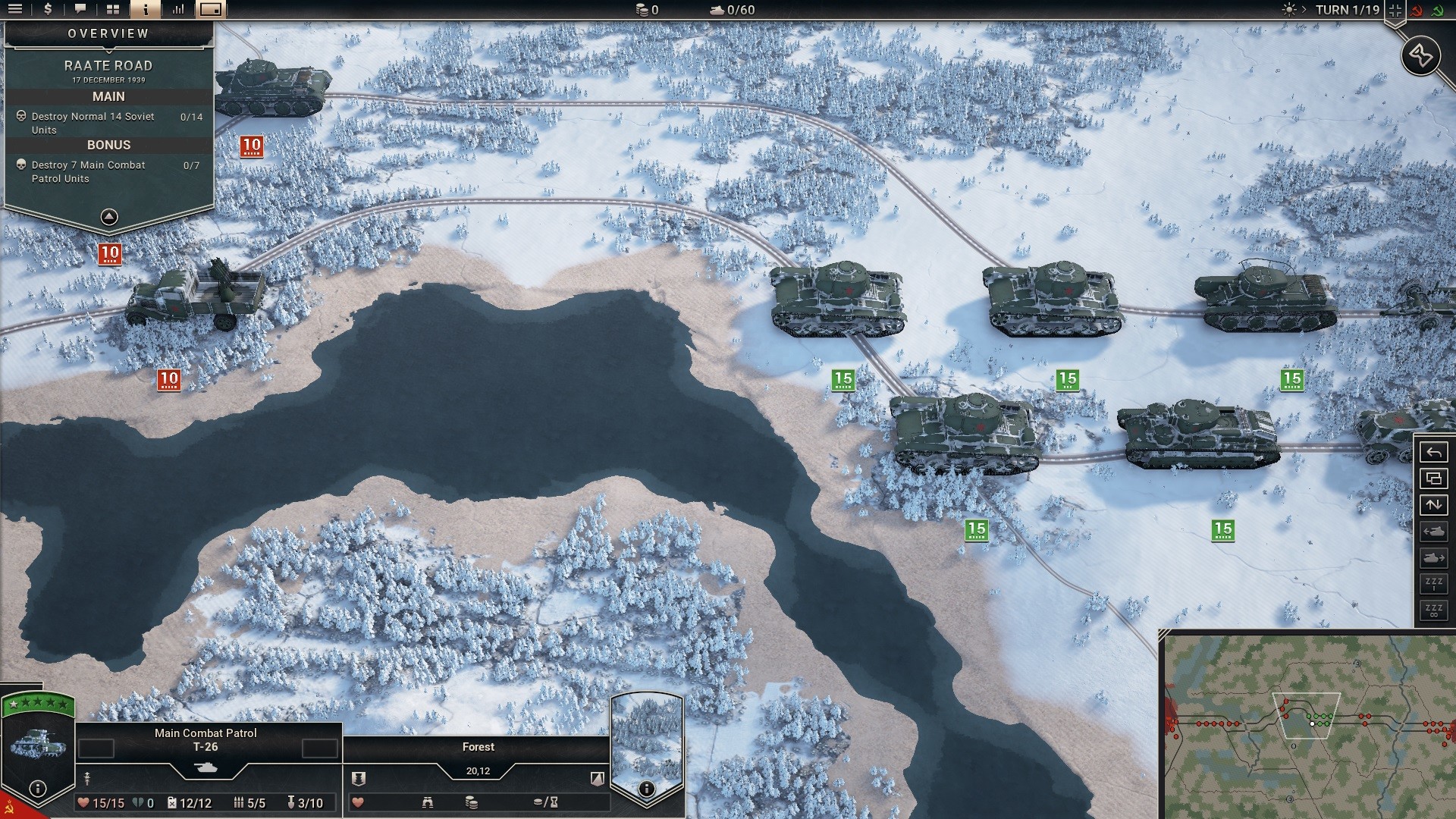










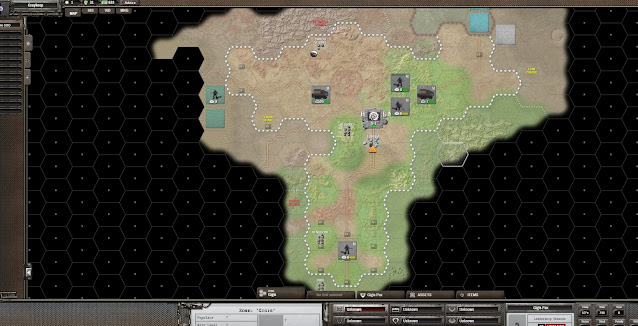


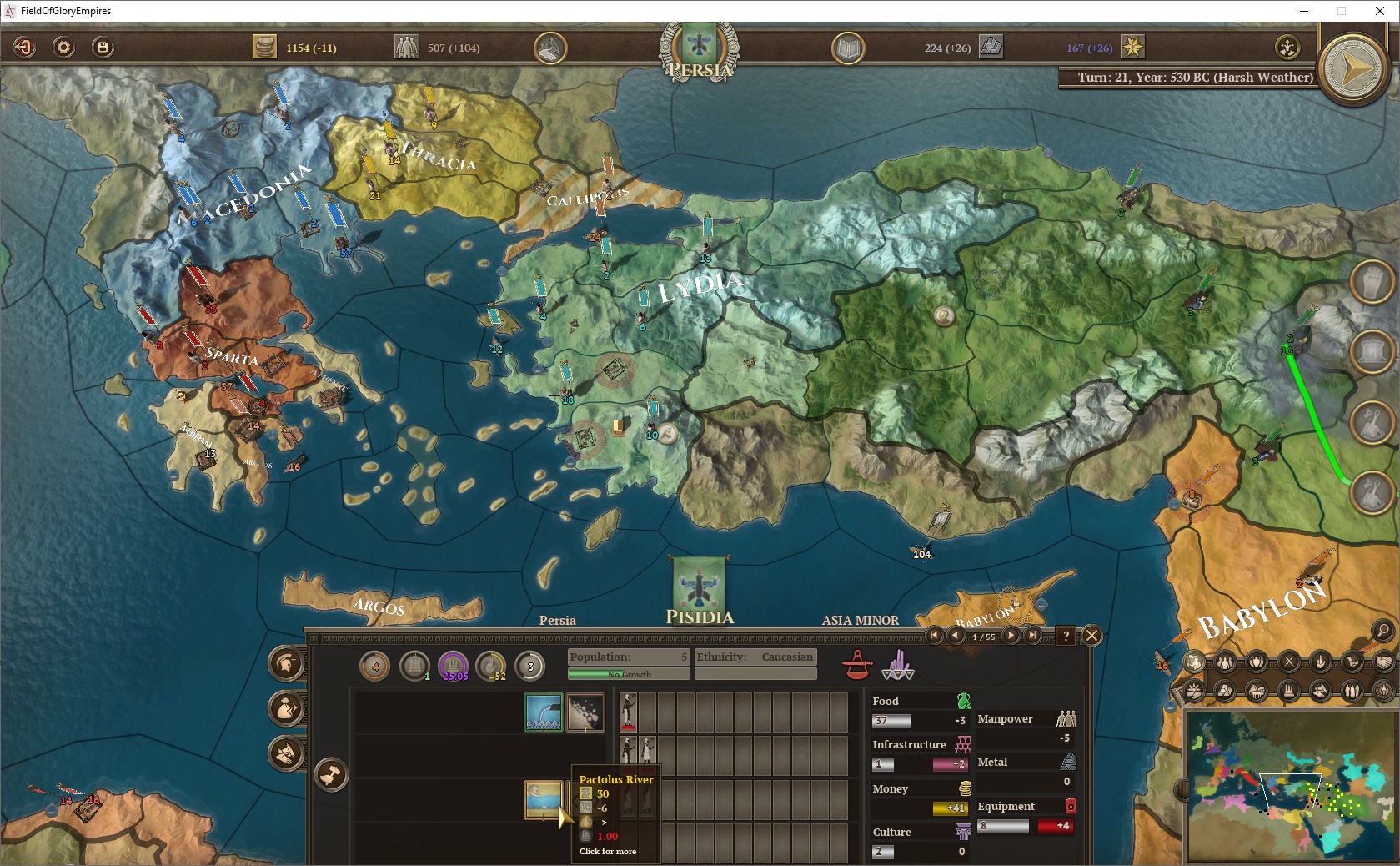
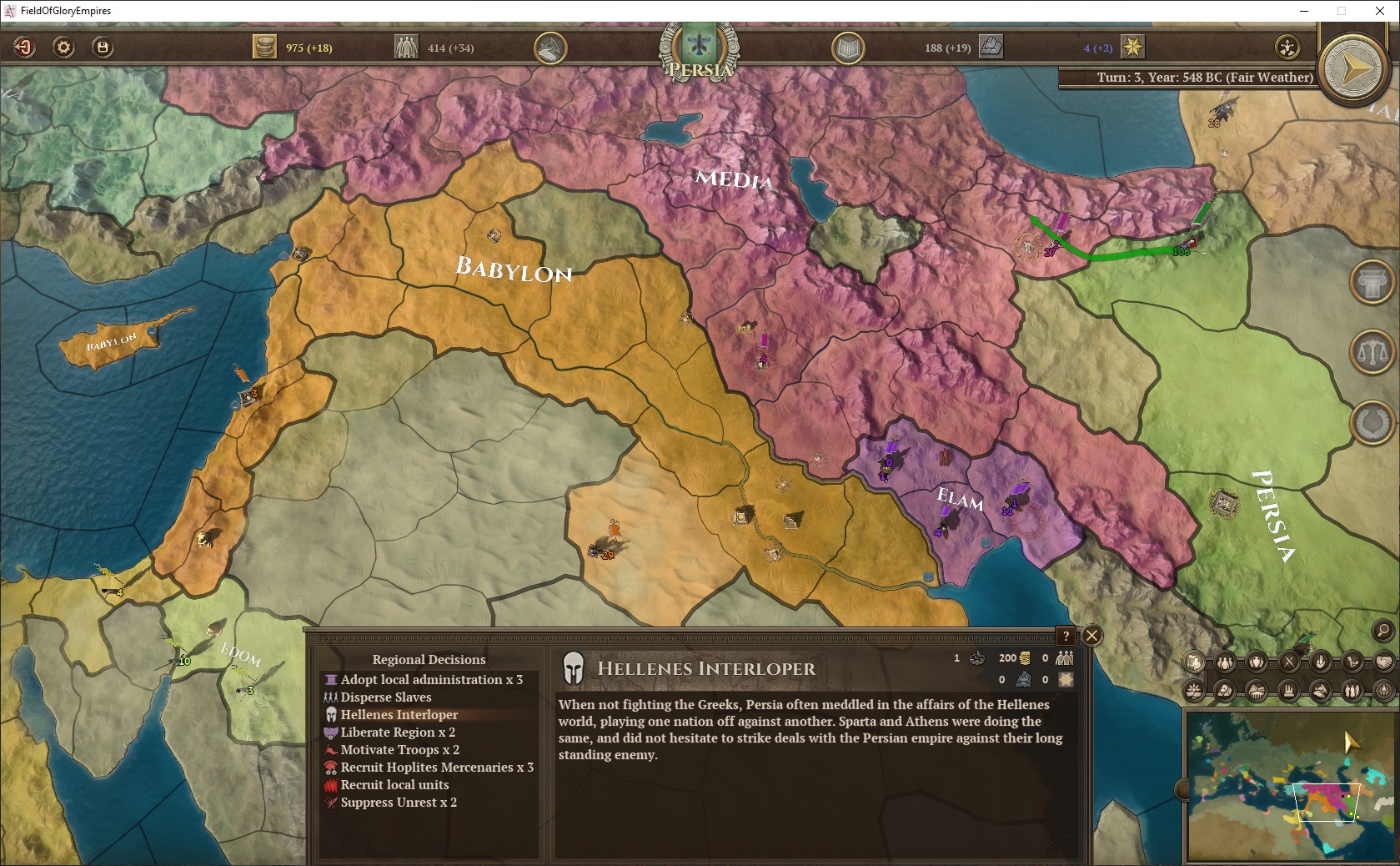


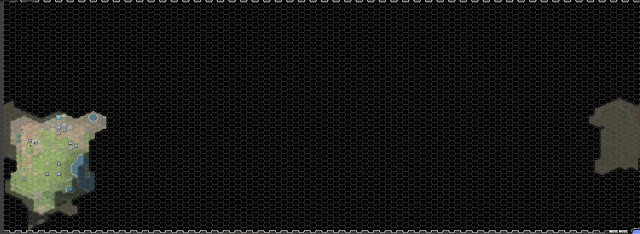







Follow Us